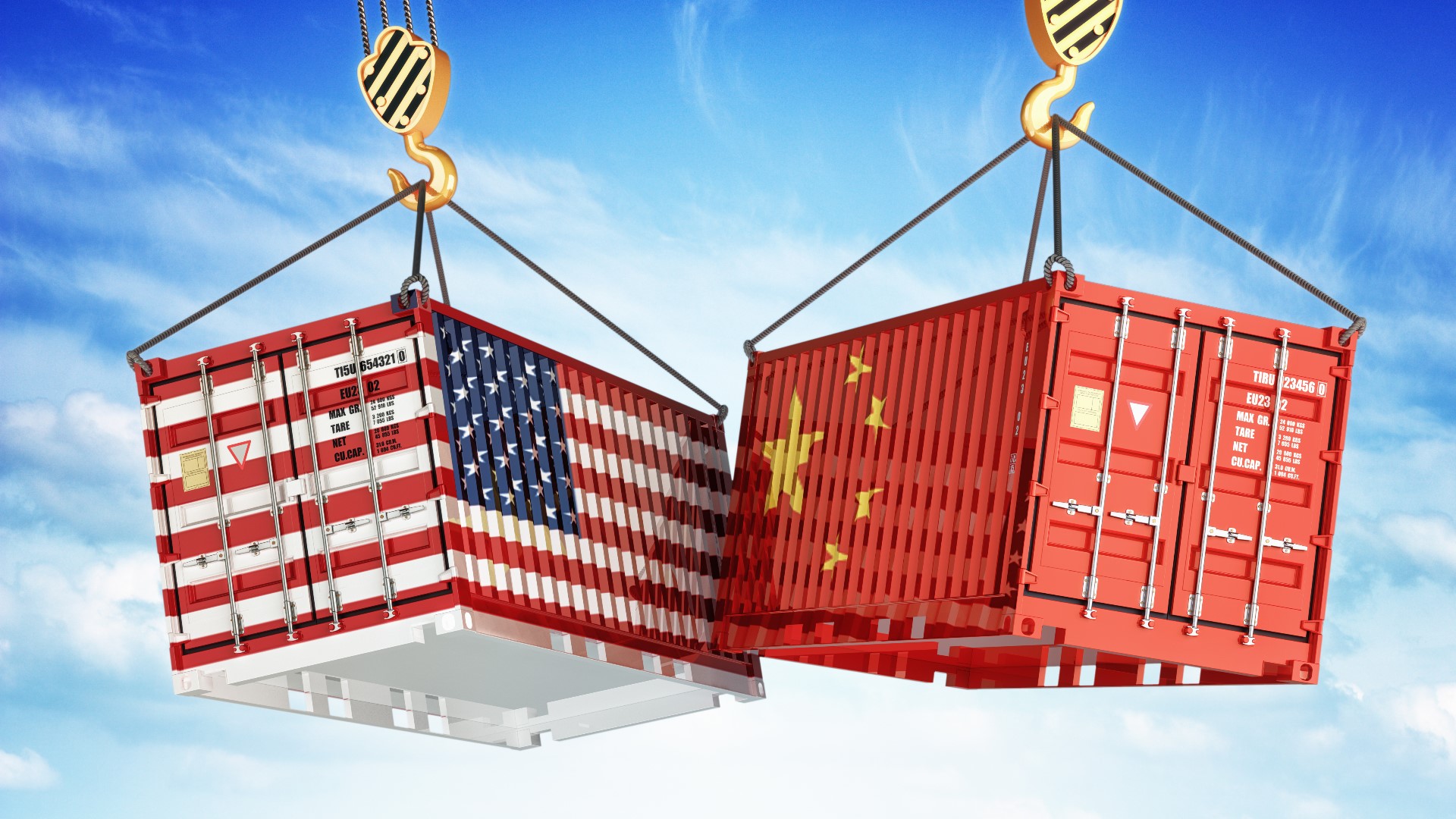SACRAMENTO, Calif. — California’s top five agricultural exports to China are Pistachios, Almonds, Wine, Dairy, and Oranges, and experts are still combing through which could be impacted by retaliatory tariffs announced by China Monday.
According to the U.S. Department of Commerce, California sent $16.3 billion in exports to China in 2018. Of that, $2.3 billion were agricultural goods.
Tariffs are taxes on foreign goods. These goods are produced in their home country and transported across the ocean. It’s only upon arrival at their destination that the tariff, or tax, is collected.
In the United States, this means a custom official collects the fee from the American business or American customer and that fee then goes to the U.S. Treasury.
On Monday, China announced it would be raising tariffs on $60 billion worth of U.S goods on June 1. This is seen as a retaliatory measure after the U.S. imposed a 25 percent tariff on $200 billion worth of Chinese goods. The discrepancy is largely due to the fact the playing fields are not level.
China imports around $180 billion worth of goods from the United States. On the other hand, the U.S. imports about $560 billion worth of goods from China.
China has already imposed tariffs on everything it can. The United States still has over $300 billion in goods to which it could add tariffs.
The cost of the tariff usually ends up being paid by consumers. There are however, two ways the impact could be softened. Chinese businesses could reduce their selling costs or American businesses could absorb some of the cost, reducing their profits.
Neither of those remedies seems to be happening though. New research from the Federal Reserve Bank of New York, Princeton and Columbia Universities found US tariffs are almost completely passed through, costing consumers $1.4 billion per month.

